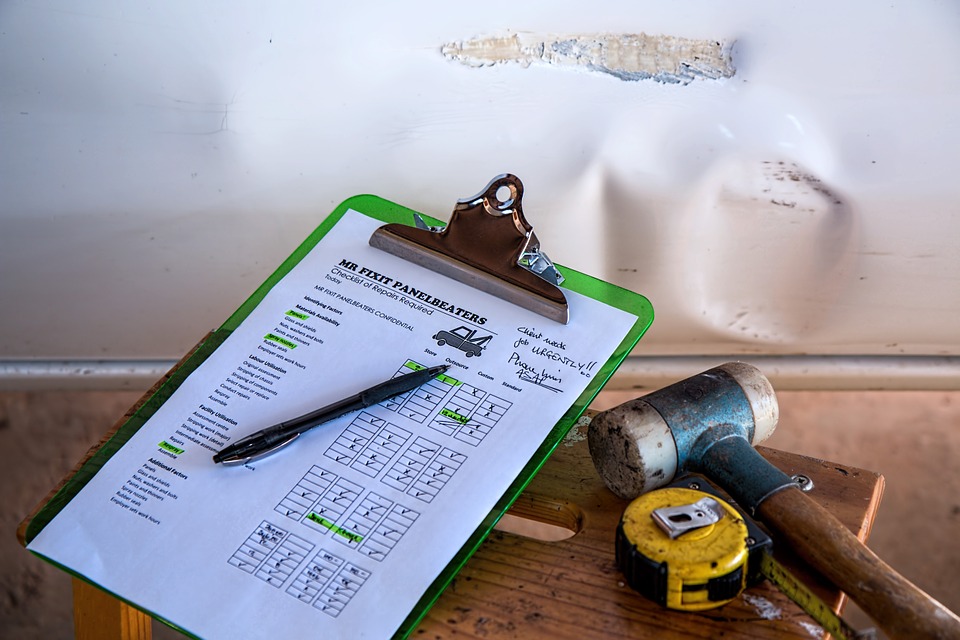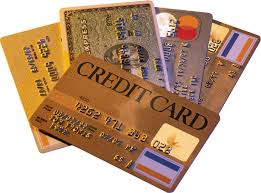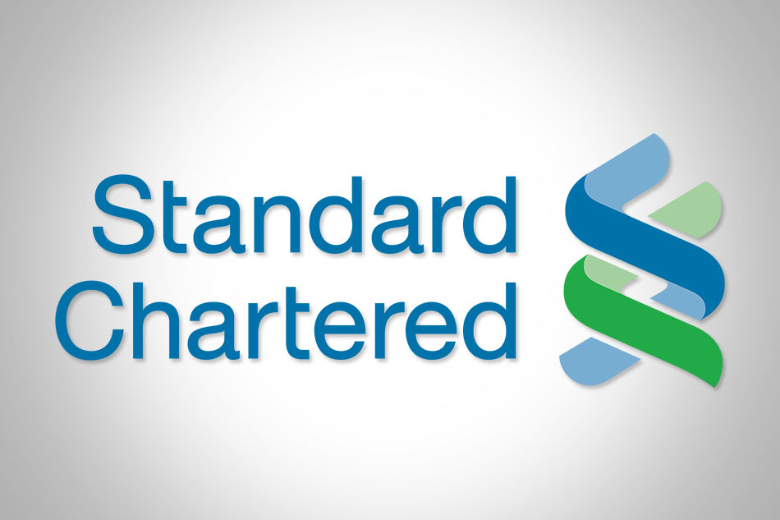Applying for a Student Loan? Here is How to Borrow Smart and Pay Back Faster
You’re finally on your own. But don’t worry. Enrolling in a college or university doesn’t mean you’ll have to wipe out your savings. There are smarter ways to borrow and save money. Students today have a variety of options, including grants, scholarships, work-study programs, and student loans. But of course, with so many options and terms to consider, it’s easy to get lost in the details. Sometimes, students and families feel so overwhelmed that they don’t know where to start. That’s why it’s essential to understand the different types of student loans available and how to borrow smartly to avoid getting into financial trouble down the road. Keep on reading to find out how to borrow smartly and pay back faster.
Know Your Loan Type
Researching different kinds of student loans is essential before you borrow. There are federal loans, which often come with lower interest rates and better repayment options. These include Direct Subsidized Loans for undergraduates based on financial need and Direct Unsubsidized Loans available to all students. Private loans, on the other hand, are offered by banks or credit unions and typically require a credit check. They can have varying terms and might not provide the same benefits as federal loans. Researching these loan options will help you understand which type aligns the most with your financial situation and long-term goals.
Borrow Only What You Need
When it comes to student loans, less is often more. It’s always tempting to get the maximum amount offered, but this can lead to a mountain of debt later. Take a moment to assess your actual needs. Calculate your tuition, books, and living expenses carefully. Writing down a detailed budget can help determine the minimum amount required for your education. Remember that every dollar borrowed will need repayment with interest down the line. Choosing only what’s necessary helps minimize future financial strain. Consider part-time work or scholarships as alternatives to cover additional costs without adding to your loan burden. Finding creative ways to fund your education reduces reliance on loans and gives you greater control over your financial future.

Make Payments While in School
Making payments while still in school can significantly ease your financial burden later on. It may seem challenging, but every little bit helps. That’s why you need to try setting aside a portion of any part-time income or allowance specifically for loan payments. Even small amounts add up over time and reduce the principal balance you’ll owe after graduation. Some lenders offer flexible payment plans that allow you to make interest-only payments during your studies. This approach keeps your debt in check and prevents it from growing unnecessarily. You might also want to explore if your school has resources or programs that assist students with managing their loans. Many institutions provide workshops focused on financial literacy.
Explore Forgiveness Programs
Student loan forgiveness programs can really be a lifesaver for borrowers. They offer relief to those who dedicate their careers to public service or specific fields. Programs like Public Service Loan Forgiveness (PSLF) target individuals working in government or non-profit sectors. Once you’ve made 120 qualifying payments, your remaining balance may be wiped clean. There are also options for teachers and healthcare professionals, providing pathways to reduced debt if you meet certain criteria. Researching these opportunities is crucial; many people miss out simply because they aren’t aware. Don’t forget about state-level initiatives that might apply too. Each program has unique requirements. Remember to crunch the numbers carefully before proceeding with this option. A little diligence now could result in more manageable monthly payments down the line and help you reach financial freedom sooner rather than later.…
Read More →






 One of the biggest benefits of truck
One of the biggest benefits of truck 
 Among the popular reasons to hire a financial advisor is to gain insight into saving money. Most advisers have in-depth experience with financial matters and offer financial education, especially to spendthrifts. They take time to understand your financial situation to help match your expenses to income and provide a clear picture of your financial status. However, you can run a background check on customer reviews and the advisor’s reputation before hiring.
Among the popular reasons to hire a financial advisor is to gain insight into saving money. Most advisers have in-depth experience with financial matters and offer financial education, especially to spendthrifts. They take time to understand your financial situation to help match your expenses to income and provide a clear picture of your financial status. However, you can run a background check on customer reviews and the advisor’s reputation before hiring. Investment or financial advisors help reach specific goals that you have for your life or family. Saving might be challenging but becomes more accessible with specific goals. Whether you need to buy a new car, have a wedding, or buy a bigger home, they can provide insights on saving to meet your needs. They provide information to help you make the right decisions with your funds as they break down big goals into attainable pieces and enable you to reach them.
Investment or financial advisors help reach specific goals that you have for your life or family. Saving might be challenging but becomes more accessible with specific goals. Whether you need to buy a new car, have a wedding, or buy a bigger home, they can provide insights on saving to meet your needs. They provide information to help you make the right decisions with your funds as they break down big goals into attainable pieces and enable you to reach them. Investing in an idea, project, or real estate is excellent for your financial growth. Unfortunately, investments can be risky and at times, make you suffer significant losses. With a professional advisor, you get information on the best investment decisions. They advise on options to avoid and the low-risk opportunities that yield the best results.
Investing in an idea, project, or real estate is excellent for your financial growth. Unfortunately, investments can be risky and at times, make you suffer significant losses. With a professional advisor, you get information on the best investment decisions. They advise on options to avoid and the low-risk opportunities that yield the best results.
 One of the vital things you need to consider when choosing the right insurance policy is the rates. In other words, before you settle on a given cover, you need to take your time and compare the rates among different companies.
One of the vital things you need to consider when choosing the right insurance policy is the rates. In other words, before you settle on a given cover, you need to take your time and compare the rates among different companies.

 While the conventional loans are lengthy processes that involve tons of paperwork, submission of documents, verification of information, and so much back and forth, car title loans are pretty quick and convenient. You can apply most of these loans online, and on submitting the form, you could have the cash in your account within 24 hours.
While the conventional loans are lengthy processes that involve tons of paperwork, submission of documents, verification of information, and so much back and forth, car title loans are pretty quick and convenient. You can apply most of these loans online, and on submitting the form, you could have the cash in your account within 24 hours. A significant advantage of this kind of loan is that you still have the right to have your car and use it. You only utilize your car’s title as collateral for the loan. And once you clear the loan, you get your car title back. As such, your mobility is not hampered by having to hand over your car when you take a car title loan.
A significant advantage of this kind of loan is that you still have the right to have your car and use it. You only utilize your car’s title as collateral for the loan. And once you clear the loan, you get your car title back. As such, your mobility is not hampered by having to hand over your car when you take a car title loan. While
While 
 The first step is to determine how you are going to use the credit card. You need to have a slight idea of how you are going to use the credit card so that you can make the right choice. Credit cards are made with different users in mind, and it is always a good idea to know your needs.
The first step is to determine how you are going to use the credit card. You need to have a slight idea of how you are going to use the credit card so that you can make the right choice. Credit cards are made with different users in mind, and it is always a good idea to know your needs.


 are using. You can mobilize internet users to help you raise money and finance your startup. Remember that most of the people you are dealing with here are strangers, so you have to convince them why your new business needs some funding or why they should contribute for you. Many have raised enough money to grow their businesses using this avenue.
are using. You can mobilize internet users to help you raise money and finance your startup. Remember that most of the people you are dealing with here are strangers, so you have to convince them why your new business needs some funding or why they should contribute for you. Many have raised enough money to grow their businesses using this avenue.
 from a variety of lenders. This makes it difficult for them to pay all the money required at once. Failure to pay all that money affects your
from a variety of lenders. This makes it difficult for them to pay all the money required at once. Failure to pay all that money affects your 

